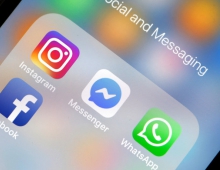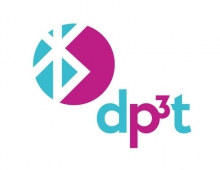
Verizon's “View Time Optimization” Tool Tells Advertisers When You’re Looking at Your Email Inbox
Verizon Media has introduced a new email marketing feature called “View Time Optimization,” which tracks and alerts advertisers the moment you’re looking at your email inbox in order to send you an ad.
The service is part of Verizon’s suite of email and web advertising properties, which includes AOL and Yahoo.
According to Verizon product director Marcel Becker, the new feature replaces the
existing “Send Time Optimization”. That has been tracking Verizon customers’ behavior to understand when they open their email. "The goal of which is to increase the chance that our mutual customers will discover and engage with that email in the ever-growing and overwhelming stream of information available to them," he says.
"We believe that tracking our customers is wrong. But we also believe in the idea that they should be able to discover what is the most relevant to them," Becker added.
So Verizon created “View Time Optimization”.
According to Becker, the new feature takes the guesswork out of “Send Time Optimization”. It allows Verizon to deliver an email when users are actively engaging with their inbox.
He goes on to present the feature as a benefit both to advertisers and consumers.
"It ensures emails appear close to the top of the inbox and thus it’s improving the sender’s open rates, click-through rates, and overall ROI of their email marketing campaign. Email senders who have used VTO with their email campaigns saw increases in opens by 4x and clicks by 2x," Becker added.
But it also allows Verison to cut down on the email noise and reduce non-relevant emails.
Amazingly, although Becker is acknowledged that tracking is wrong, at the same time he admitted that the value Verizon provides to the advertisers that pay it to use these tools is greater than the potential privacy implications.
It is not a secret that almost email client on the market, including Gmail and other popular services, aggressively tracks its users, collects and stores their data, and then sells access to the inbox and the contents of people’s messages to advertisers. That’s because these products are, by and large, free.





















